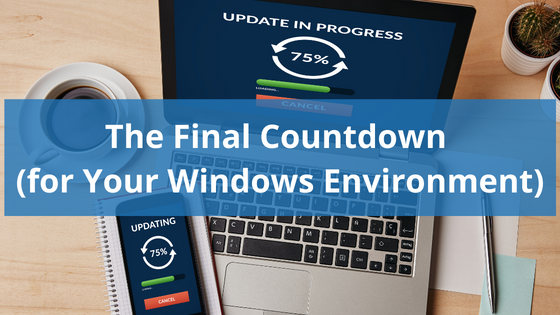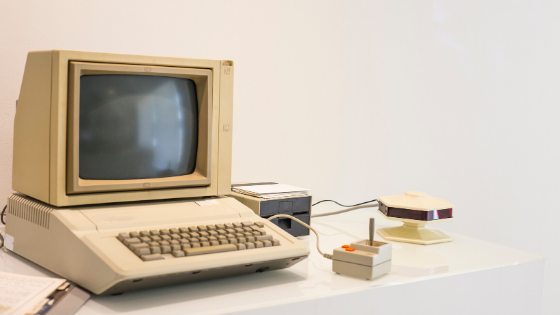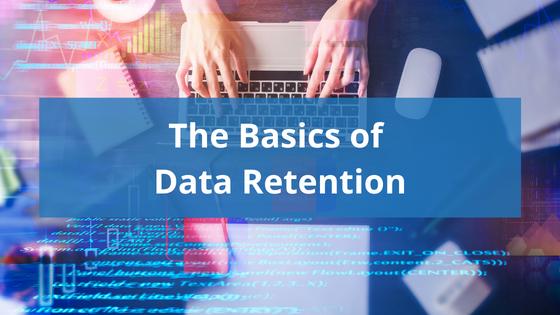In January of 2020, Windows will stop providing support for Windows 7, Office 2010, and Windows Server 2008. This will impact your business in a few ways, but the main issue is: continuing to use these systems will increase security risks to your organization. Taking action early and updating your devices will help mitigate the potential risks. To make the next steps easier, we’ve provided information on each system, what's happening and when, and what your options are moving forward.
Windows Server 2008
Server 2008 is a server operating system released by Microsoft in 2008. On January 14, 2020, there will no longer be security updates or support options for clients who are still running Server 2008.
How do I know if I’m using it?
Connect to your Windows server remotely, open a Microsoft MS-DOS command prompt shell window “cmd”, type “systeminfo | findstr OS”, press the “enter” button to execute the command. Your Windows version information will be displayed.
What can I migrate to?
Server 2019 or the cloud. If you want to move away from Microsoft, there are other options, but it may be easiest to perform a cloud migration and stop worrying about physical servers altogether.
Using something older than Server 2008? It’s time to upgrade or decommission those servers. The extended support for Server 2003 ended in 2015, which means that those servers are unprotected, and your data is at risk.
Microsoft Office 2010
Office 2010 is a version of the Microsoft suite of productivity applications (including Word, Excel, and PowerPoint). On October 13, 2020, Microsoft will no longer offer users support for technical issues, bug fixes, or security fixes for Office 2010. Upgrading to a newer version of Office will help keep you protected and will also give you access to new functionality.
How do I know if I’m using it?
Open any office application and check the starting screen – it will display which application and version you are running; You can also check the Account Information within the application.
What can I migrate to?
Office 2019 or 365. Office 365 is the cloud-based version of the productivity suite but depending on your plan the desktop applications are still available to the user. Just want to stick with desktop applications? Office 2019 is fully functional and will get security updates for the next ten years.
Windows 7
Windows 7 is an operating system from Microsoft and was released in 2009. On January 14, 2020, Microsoft will stop providing technical support, software updates, and security updates/patches for users running Windows 7. While it is still possible to run your machine on this operating system, you would be leaving yourself vulnerable to viruses and other cyber threats. Additionally, the older your physical computer is, the more risk you assume. Because of this, it’s recommended that you upgrade your device and operating systems to Windows 10.
How do I know if I’m using it?
Click the start button on your device, go into PC settings, and then PC info. Here you can find out which operating system you’re running.
What Can I migrate to?
Windows 10. Windows 10 is the last operating system release from Microsoft, and they will continue to roll out updates for it every few years instead of releasing a new OS.
In general, it is a good idea to update your technology every few years to ensure that your security features are strong. Letting your devices and software lapse into an end of service status isn't a good idea, even if it seems like the cost-effective or easy thing to do. Talk to your IT consultant about your needs and how to start an upgrade.






Leave a Reply